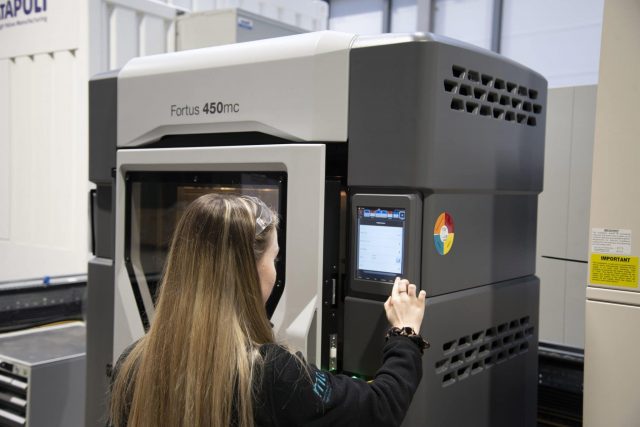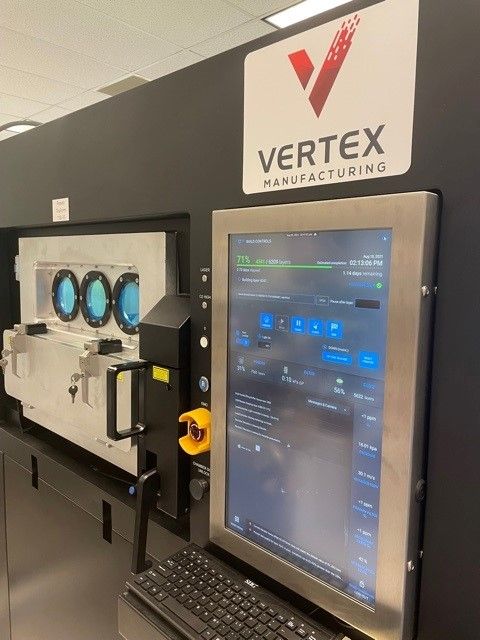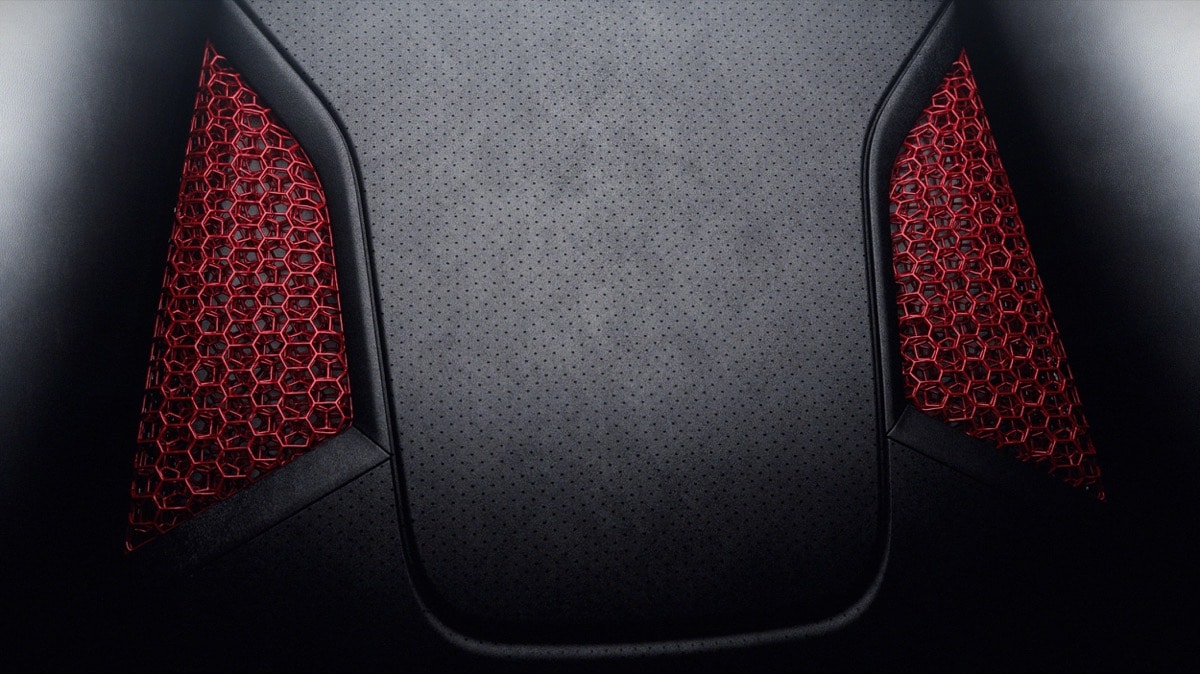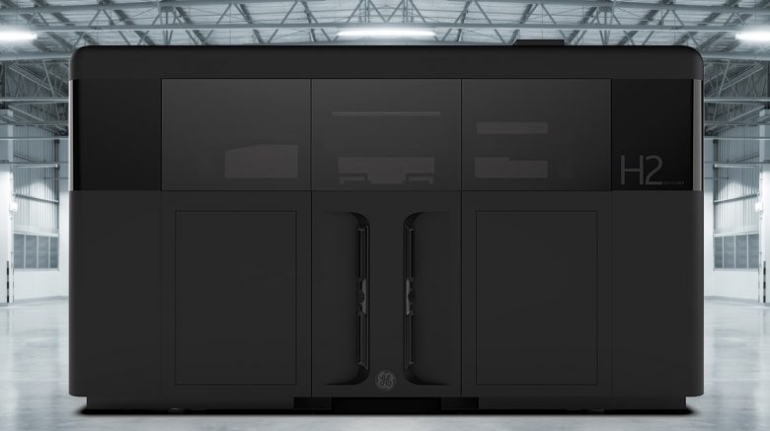3D Printed Room Dividers and Office Partitions at Dutch Design Week 2021
During Dutch Design Week 2021, Aectual is launching a collection of 3D printed room dividers and office partitions designed by House of DUS and through collaboration between Roos Meeder and Michiel Wijnen. The exhibition is located at Strijp R in Eindhoven. On Sunday, October 24th, the winner of the ‘Aectual Screen Design competition 2021’ will be announced during a celebratory closing event.







